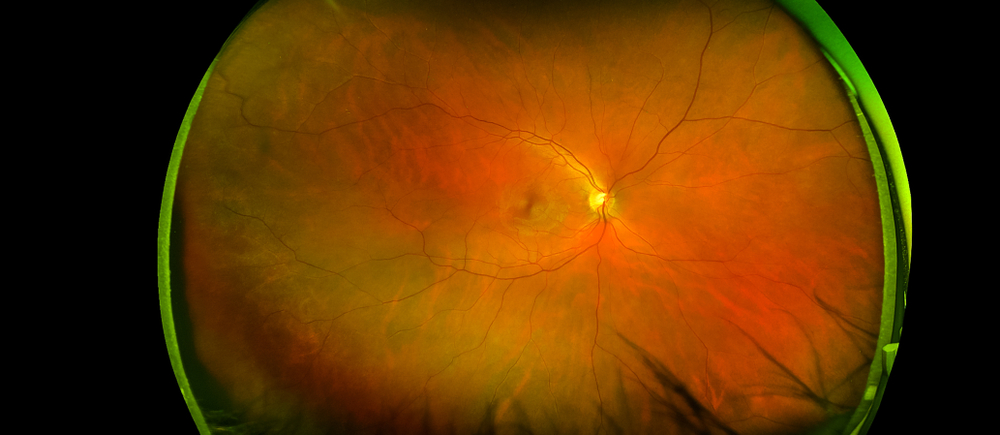Retinal Imaging: The Advanced Technology Every Eye Patient Needs
Blog:Retinal Imaging: The Advanced Technology Every Eye Patient Needs

Retinal Imaging: The Advanced Technology Every Eye Patient Needs
Your eyes are windows to your overall health, and early detection of potential issues can make all the difference in preserving your vision. Retinal imaging has revolutionized the way optometrists examine the back of the eye, allowing for a more detailed and comprehensive view than ever before. At Texas State Optical, we use Optos ultra-widefield retinal imaging to enhance our diagnostic capabilities and provide superior patient care.
What is Retinal Imaging?
Retinal imaging is a non-invasive diagnostic tool that captures high-resolution images of the retina, the light-sensitive tissue at the back of your eye. Traditional methods, such as dilated eye exams, offer a limited view, but modern retinal imaging provides a detailed, panoramic view of your retina in just seconds.
Who Should Get Retinal Imaging?
Retinal imaging is beneficial for everyone, but it is particularly crucial for individuals with:
Diabetes or High Blood Pressure: These conditions can affect the small blood vessels in the retina, leading to potential vision loss if left undetected.
A Family History of Eye Disease: If your relatives have a history of glaucoma, macular degeneration, or other retinal conditions, regular imaging can help with early detection.
Frequent or Unexplained Vision Changes: If you experience sudden changes in vision, flashes of light, or floaters, a retinal scan can help diagnose the underlying cause.
The Power of Optos Technology
Optos ultra-widefield retinal imaging is a cutting-edge advancement that allows optometrists to see up to 200 degrees of the retina in a single image. This is a vast improvement over traditional imaging techniques, which only capture about 45 degrees at a time. The benefits of Optos technology include:
Early Detection of Eye Diseases: Retinal imaging helps identify conditions like diabetic retinopathy, glaucoma, age-related macular degeneration (AMD), and retinal detachments before symptoms appear.
Non-Invasive & Quick Procedure: The process is painless and takes just a few moments, making it a convenient option for all patients, including children and those with light sensitivity.
No Need for Dilation: While some eye exams still require pupil dilation, many patients can skip this step with Optos imaging, reducing light sensitivity and discomfort post-exam.
Tracking Changes Over Time: Because Optos imaging stores your retinal images digitally, your eye doctor can compare images from previous visits to monitor for any subtle changes.
Experience the Future of Eye Care at Texas State Optical
We are committed to providing the most advanced eye care solutions to protect your vision and overall health. Our Optos ultra-widefield retinal imaging ensures that we can detect, diagnose, and treat eye conditions with unmatched precision.
Schedule your comprehensive eye exam with Texas State Optical and experience the benefits of advanced retinal imaging firsthand. Visit our office in Richmond, Texas, or call (832) 783-9964 to book an appointment today.


